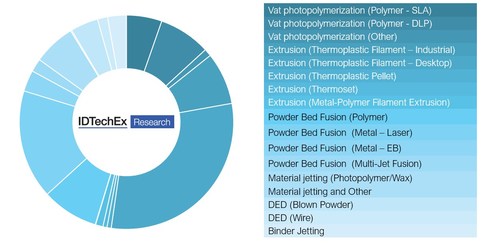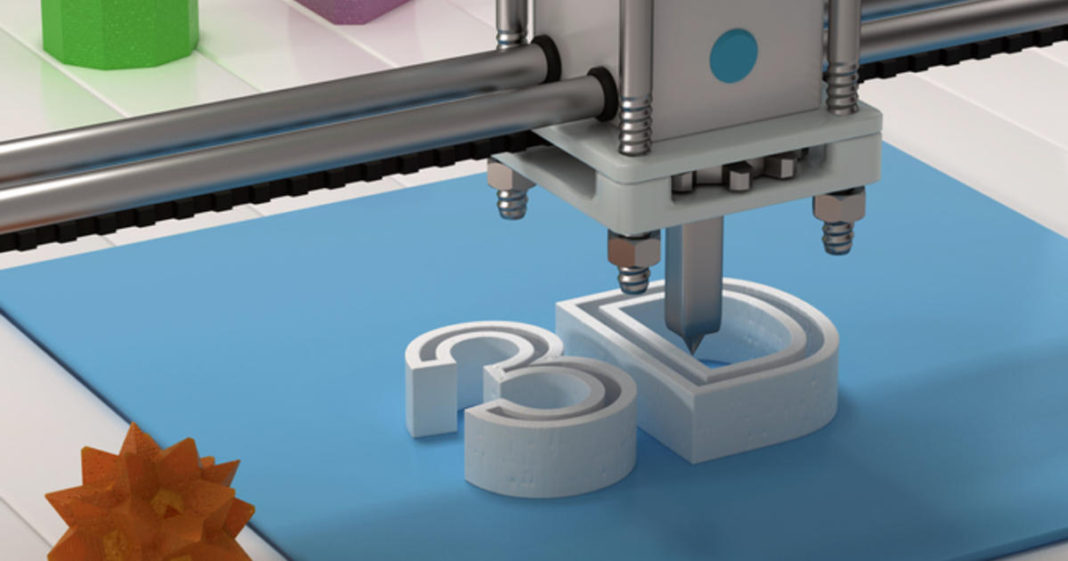In the thirty years since the founding of the 3D printing industry, countless printing technologies have been invented, patented, and commercialized – from fused filament fabrication to digital light processing, selective laser melting to binder jetting, material jetting to sheet lamination, and every unique printing technology in between. With every new technology, the additive manufacturing market has grown its ability to expand into new applications, end-users, and industries. From this perspective, 3D printers can be considered the core foundation underlying the additive manufacturing industry’s growth in recent years. Therefore, to understand the future progress and outlook of additive manufacturing, it becomes essential to learn and understand 3D printing technologies and hardware.

The brand new IDTechEx report, “3D Printing Hardware 2022-2032: Technology and Market Outlook“, carefully explains and analyses the growth of 3D printing hardware technologies and sales. This report breaks down the market into 17 technology segments to create 17 COVID-19 adjusted forecast lines for each individual segment. IDTechEx forecasts that the 3D printing hardware market will peak at $9.9 billion within the decade.
3D Printing Technologies: A Continuing Place of Innovation
Over thirty years after Chuck Hull submitted his patent for stereolithography (SLA), new start-ups around the world continue to innovate on existing 3D printing technologies to access new materials and applications.
One of the fastest-growing innovations is bound metal extrusion (BME, also known as metal-polymer filament extrusion). This take on classic thermoplastic filament extrusion involves loading metal powder into a thermoplastic filament, which acts a temporary binder for the metal powder. This metal-polymer filament is extruded into a part, after which the green part undergoes debinding in a furnace to remove residual polymer and sintered in a furnace to fully densify the part. Metal-polymer filament extrusion was brought to market only four years ago by Desktop Metal, but it is already receiving rapid growth and interest. Since then, multiple other companies have launched their own iterations on BME, including Markforged, BASF, BCN3D, 3DGence, and FuseLab. Importantly, BME has brought interest to the overall printing method of using polymer filament or resins as binders to print metals or ceramics; this growing category includes BME as well as ceramic and metal vat photopolymerization companies like 3D Ceram, Incus, Admatec, and Lithoz.
While BME is one of the most prominent recent innovations in 3D printing technologies, it is by no means the only one. For example, American printing giant Xerox is preparing to debut their ElemX 3D printer, which uses their proprietary magnetohydrodynamic deposition to print molten metals like aluminum. For ceramics and metals, Israeli start-up XJet has recently commercialized their Nanoparticle Jetting technology, a different take on material jetting that involves the jetting of millions of metal or ceramic nanoparticles suspended in water. For polymers, American start-up Evolve Additive Solutions recently delivered their 1st printer using Selective Thermoplastic Electrophotographic Process (STEP), a technology-based more on 2D laser printing than any existing 3D printing process.
While the refrain of “The 3D printing industry is consolidating” has been commonly repeated in the last few years, IDTechEx’s technology and market analysis shows that the hardware market is not quite there yet. With many new technologies receiving significant private funding and being commercialized by players outside the industry giants of 3D Systems and Stratasys, it is clear that 3D printing hardware is still ripe for innovation.
Market forecasts for 3D Printing Hardware
The brand new IDTechEx report, “3D Printing Hardware 2022-2032: Technology and Market Outlook“, analyzes each established and emerging printing technology based on their material class.
Technology Market Share in 2021. Source: IDTechEx – “3D Printing Hardware 2022-2032: Technology and Market Outlook“



